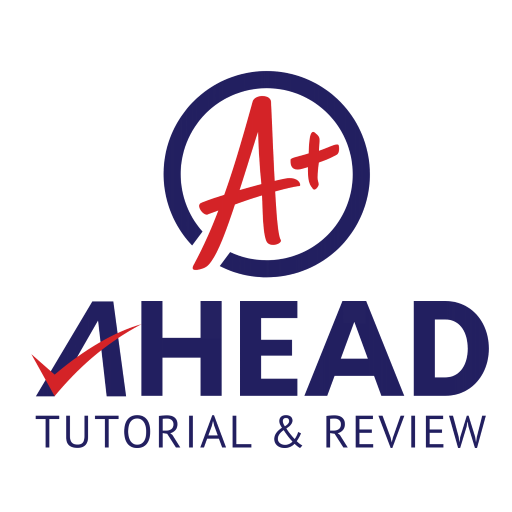Prepositions may look like minor words in the English language. But don’t be fooled. Language – oral and written – will fall into bits and pieces without them.
These prepositions are like traffic lights that tell you where to go, and how to get there. They show you where to look (on the table), where to proceed (to the left) and how to move (get off the car).
They are usually found before nouns.
Let’s get to know more about this very important part of language, as explained by Kristine Tria, a tutor at Ahead Tutorial and Review Center.
1. “On” is used for days of the week. It is also used to mean “above” and entering a means of transportation.
Examples:
Her birthday is on Monday.
Jacob put his hand on his knee.
Lily, get on the bus!
2. “At” is used before the word “night”. It also stands for a certain point in time and can substitute for the words “next to.” “At” can also be used in phrases or sentences that deal with age.
Examples:
She reads the book at night.
He arrived in school at 10 a.m.
He met her at the door.
She got married at 30.
3. “Since” is used to show where a certain point of time begins.
Example:
She had the heart ailment since she was born.
4. “For” stands for a certain time period.
Example:
He kept the secret for three years.
5. “To” is used to tell time, to mark the start and end of a time frame and entry into a place or country.
Examples:
It’s quarter to 10 in the morning.
Martha has classes from morning to early evening.
Let’s go to the bookstore.
6. “By” is used when you want to emphasize something up to a certain time and would like to show what will happen “at the latest.” It is also used to mean “next to” and signifies modes of transportation.
Examples:
I must be done with cleaning the house by 2 p.m.
She must be home by midnight.
She is always by his side.
Roman will go there by car.
7. “Over” means “covered by.” It also stands for “more than” and “going over the other side.”
Examples:
She put her hand over her mouth to show surprise.
Alex is over 50 years old.
Be careful not to run over the dog.
8. “Into” is used to show entry into a place.
Example:
Get into the car. We have to move fast.
9. “Onto” means going to the top of something.
Example:
The cat jumped onto the basket.
10. “Across” is used to mean getting into the opposite side.
Example:
She lives across the street.
